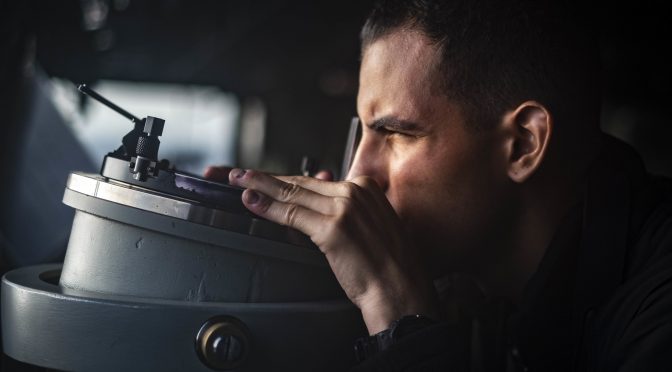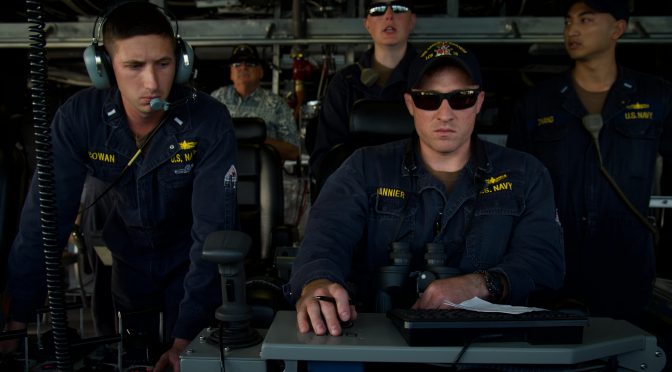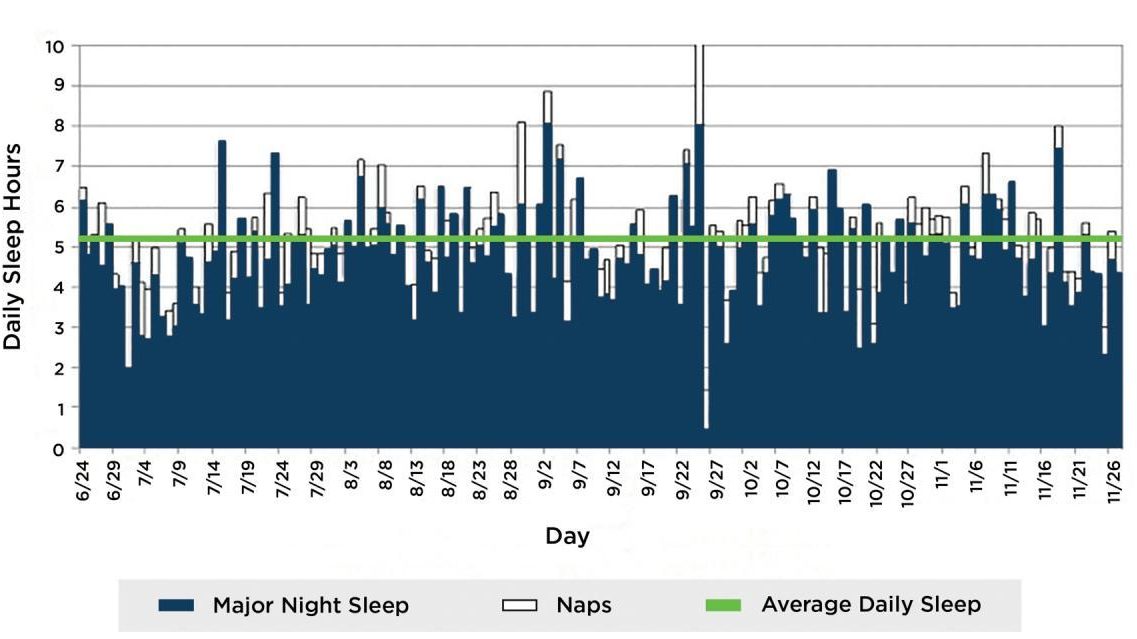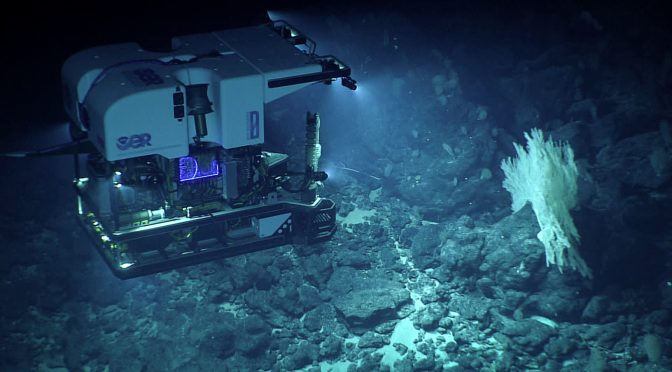Notes to the New CNO Topic Week
By Commander Chris O’Connor, USN, and Lieutenant Commander Ryan Hilger, USN
In April 2016, Chief of Naval Operations (CNO) Admiral John Richardson directed the Strategic Studies Group (SSG) to disband. The SSG had become irrelevant, despite, as the CNO states, “[producing] some ground-breaking ideas that have moved our Navy forward.” Some commentators agreed, accusing the SSG of becoming too technology focused and a waste of resources. But the history of the SSG and the lessons that it might provide for the Navy in a new era of great power competition are compelling. The SSG’s original mandate, to develop and propose innovative warfighting concepts against peer competitors (initially the Soviet Union), is quite relevant today. The new CNO should reestablish the SSG along these lines to develop a new generation of strategists and operational concepts for Navy and Marine Corps warfighting.
In 1981, after several years of debate amongst Navy and Marine Corps flag officers over his strategic concepts, CNO Admiral Thomas Hayward chartered Robert Murray, the outgoing Undersecretary of the Navy, to establish the Strategic Studies Group. Murray, after wrestling with many issues, finally settled on the SSG model: a small cohort of officers (augmented with civilian specialists in later years) reporting directly to the CNO, with unprecedented access to senior leaders that would produce a tightly-focused study on some aspect of maritime strategy. Various aspects of strategy could be tackled over successive cohorts to allow for a single cohort to conduct a deep analysis of the problem.
After overcoming the initial defensiveness of senior leaders, the SSG found a pragmatic audience, accruing many champions. Most senior leaders came around to see the benefit for developing a “strategy in a vacuum” as a way of diversifying strategic thought and refining the conventional maritime strategy, something the Navy lacked. Over the next several years, the SSG would develop the core of the operational strategy to defeat the Soviets in conventional war. Their influence would reach Secretary of the Navy John Lehman and would be a major shaping force of the Maritime Strategy he released.
This version of the SSG is desperately needed today. Not the last iteration, rechartered under CNO Admiral Boorda in 1995, which for two decades focused on the nexus of emerging technology and new operating concepts (railgun, electromagnetic maneuver warfare, net-centric warfare) against an undefined adversary. The Naval War College (NWC), Naval Warfare Development Command, or Naval Postgraduate School (NPS) did not fit well with this assignment, despite their assertions. Their overall focus is on academic research or tactical doctrine, not maritime strategy at the operational level of war. Individuals at NWC or NPS often lack the high-level access and diversity of thought from well-crafted teams to produce revolutionary strategies. Given the strategic challenges that we face, the operating costs of a reestablished SSG would pale in comparison to the benefits of developing revolutionary warfighting concepts and re-training leaders to think unconventionally in order to execute those strategies with naval forces across the warfighting domains. The CNO should follow the example of Admiral Hayward by bringing back the SSG and staffing it with our best and brightest people.
Commander Chris O’Connor and Lieutenant Commander Ryan Hilger both served on CNO Strategic Studies Group XXXIII. Their opinions are their own and do not necessarily represent the Department of the Navy.
Featured Image: 190822-N-WI365-1014 TAIWAN STRAIT (August 23, 2019) – Ensign Juan Curbelo, from Isabela, Puerto Rico, looks through a bearing circle while standing watch as the conning officer on the bridge of amphibious transport dock ship USS Green Bay (LPD 20). (U.S. Navy photo by Mass Communication Specialist 2nd Class Markus Castaneda)





